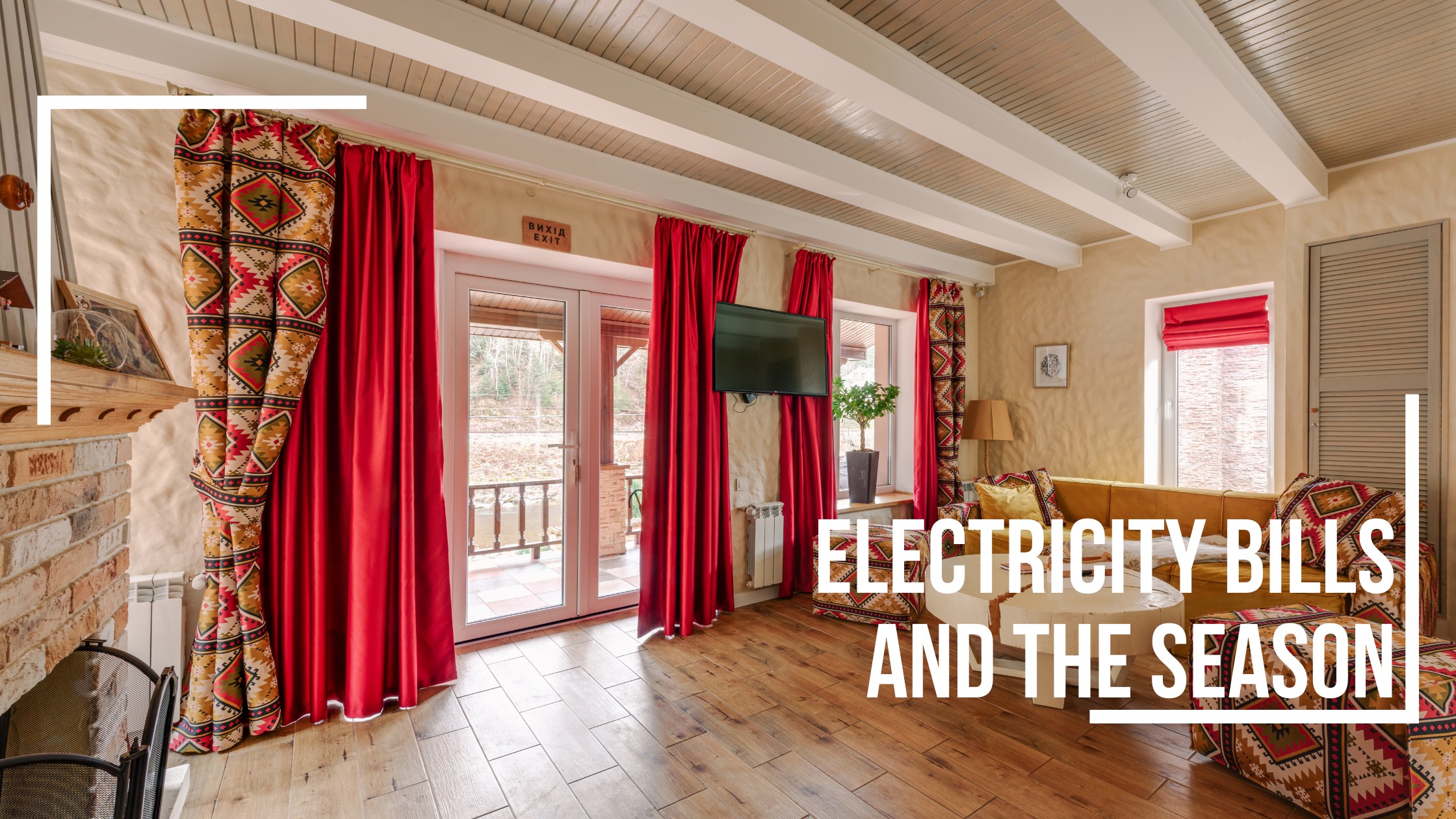
Rising electricity bills are a headache, but when you’re at home most of the time, it’s hard to give up using your electronics. Work in the home office and the latest movies on Netflix also add to the cost of using the equipment. In this article, we answer how much it costs to use a TV and how to calculate TV power consumption.
Differences in the power consumption of TVs
To answer the question of how much electricity new TVs consume, you need to compare different factors. LCD liquid crystal screens are not the newest, but they will use much less electricity than the powerful cathode ray tube (CRT) screens. Plasma is also not the cheapest. If you like to sit in front of the TV, it’s worth knowing how much a kilowatt of electricity costs. This price will depend on your supplier – unfortunately, power plants powered by renewable energy sources are still quite rare, as the nuclear power plants. Power consumption does not vary much between models that have the same screen size and display technology.
How to measure the power consumption of a TV set?
In their product descriptions, manufacturers may specify one of two parameters of power consumption. The peak power consumption of the device is a theoretical situation when the TV works at 100% of its capabilities and needs maximum efficiency. However, usually, information is given on what the energy consumption is during the normal operation of the TV set. This can be supplemented with information about the declared consumption in standby mode, i. e. when the TV is switched off but connected to the power supply.
Calculating the cost of electricity
To calculate the amount you’ll pay for the operation of your TV and other household appliances, you’ll need a calculator and information about power consumption expressed in Watts (W). This information is usually found on the nameplate of your appliance. For example, our most sophisticated Rotolift TV lift would cost 5 cents per hour of use if it consumed 80 watts and cost about 67 cents per kilowatt-hour. And yet you only use it for a few seconds!
| TV model | Power consumption during 24h of standard TV viewing [kWh] | The cost of 24 hours of standard TV viewing [€] |
|---|---|---|
| SAMSUNG QE65Q77A 65" QLED 4K | 2.42 | 1.63 |
| LG 65C12LA 65" OLED 4K | 3.02 | 2.03 |
| SONY XR65X90JAEP 65" LED 4K | 3.19 | 2.14 |
| Tesla 65S906BUS 65'' LCD | 3.43 | 2.31 |
| Panasonic PDP 65'' Full HD | 7.7 | 5.18 |
In the table, we have presented the average power consumption and cost at the current tariff (approx. 0.67 €/kWh) for 24 hours of uninterrupted television viewing. From here you can easily calculate how much does an hour of watching TV costs – with such a short period the differences are almost imperceptible. We have checked 65-inch TVs in various display technologies. As you can see, the cheapest, in this case, is a TV with QLED technology. Plasma or PDP, TV costs us more than three times as much!
How to control your spending on electricity
Remember that it’s a good idea to have control over your electricity expenses. The bill does not have to be a complete surprise to you. Start with small steps, like calculating the cost of watching TV yourself. If you apply this simple formula – the TV will no longer surprise you by generating a horrendous bill.
power consumption[W] * viewing time[h] * operator’s rate for 1 kWh[€] / 1000
Example: If you watch 80 W TV for 4 hours a day and the operator’s rate is 0,65€/kWh, then 80W*4h*0.65€/1000»21€ this entertainment will cost you about 0,21€.
Electricity bills and time of year
Not without significance in the study of electricity consumption is the time of year. Of course, in winter evenings are longer and gloomy aura does not encourage walking, so we spend more time indoors using more light and heating and relaxing in front of the TV. It is worth knowing that plasma TV sets consume energy depending on the image displayed – the darker the image on the screen, the less power the TV set consumes. A newer screen such as an LCD always draws the same amount of energy. Remember that your TV also uses electricity during its standby phase, as do additional devices such as BlueRay, DVD, and satellite set-top boxes.
Lower electricity bills
You can start saving money by taking small steps. If you check how much electricity your old CRT TV consumes you will see that it is worth investing in an energy-efficient LED, QLED, or OLED TV. Such TVs usually have different power consumption depending on how they are used: SDR is the standard mode when watching TV, and HDR is the enhanced mode during higher usage, such as console gaming. The power consumption in standby mode is also lower. We hope that with our help you will not be surprised by your electricity bill this year.



Recent Comments